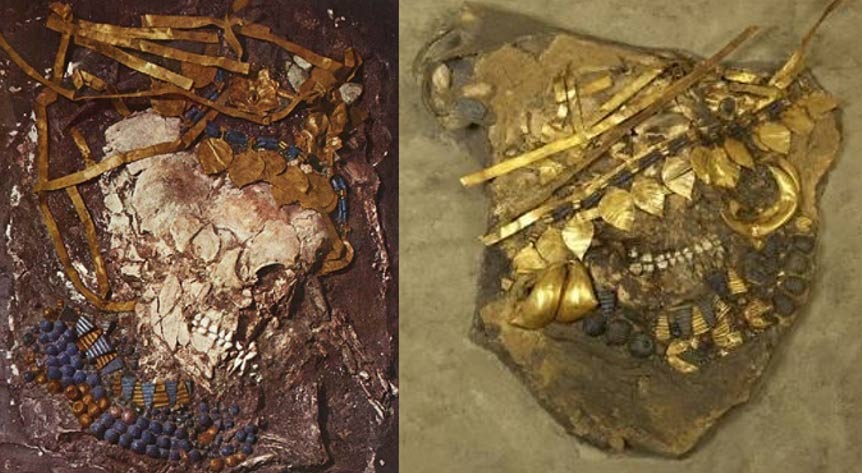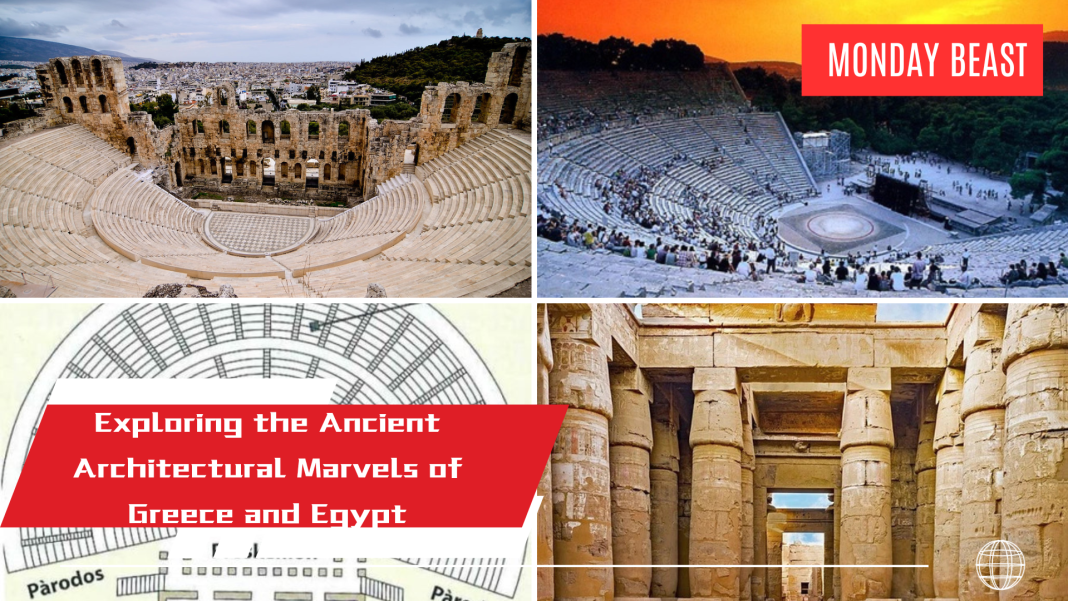The Great Death Pit of Ur fascinates historians. Why would a society sacrifice its own? This discovery redefines our understanding.
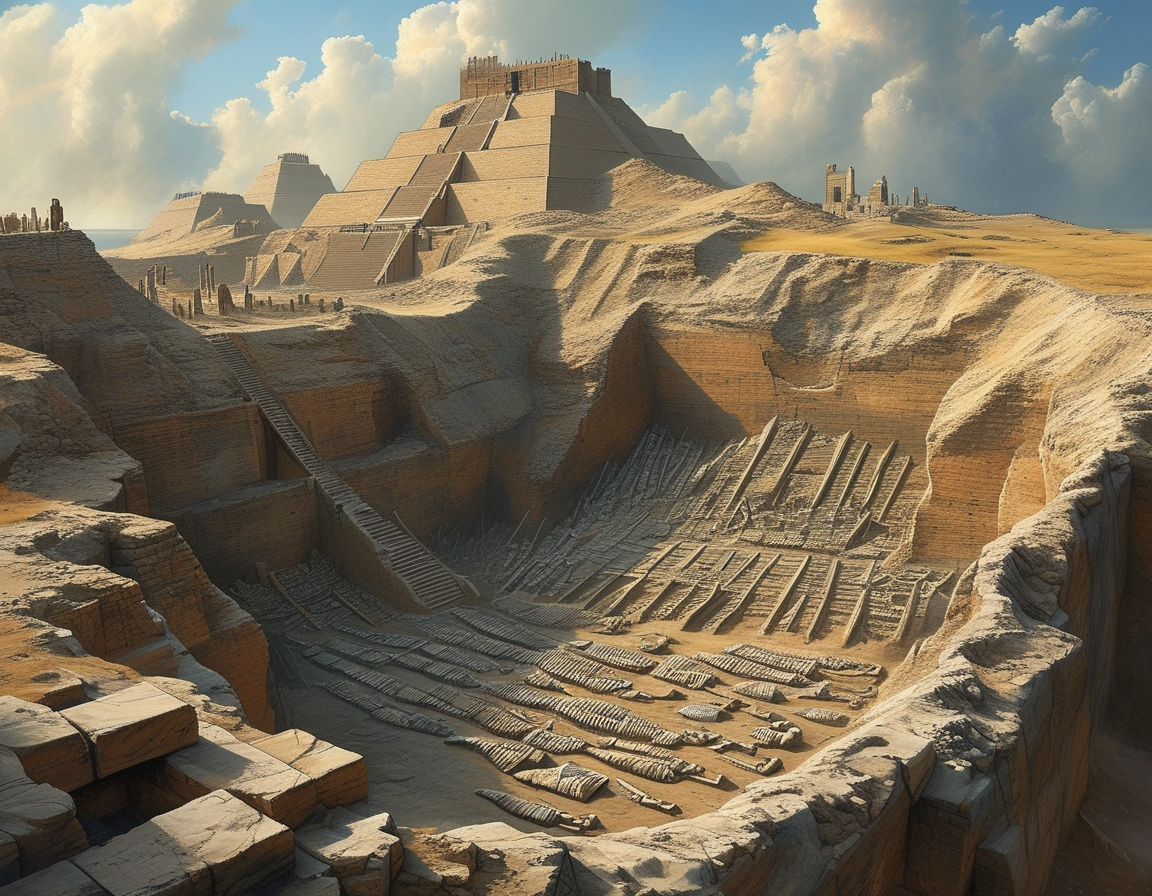
Located in modern Iraq, Ur was a thriving city. Its wealth and culture attracted attention. Yet, beneath its grandeur lay dark secrets.
In the 1920s, archaeologist Leonard Woolley unearthed the pit. He found countless bodies, arranged with care. This mass burial perplexed scholars. What drove this act?
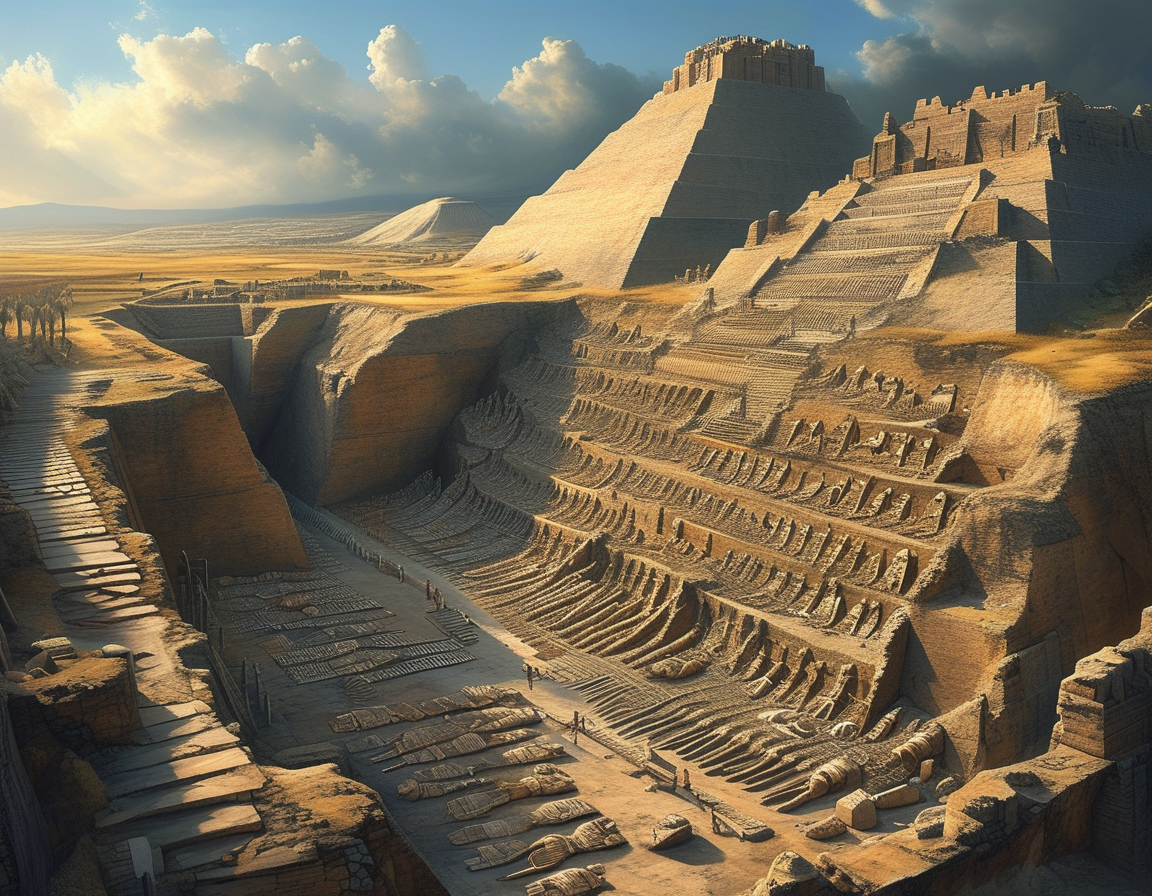
Some experts argue it was ritualistic. Sacrifices might appease angry gods. Others see it as expression of elite power. Who were these sacrificial victims?
Victims may have been slaves, warriors, or even volunteers. Did they face death willingly? Or were they caught in a turbulent world?
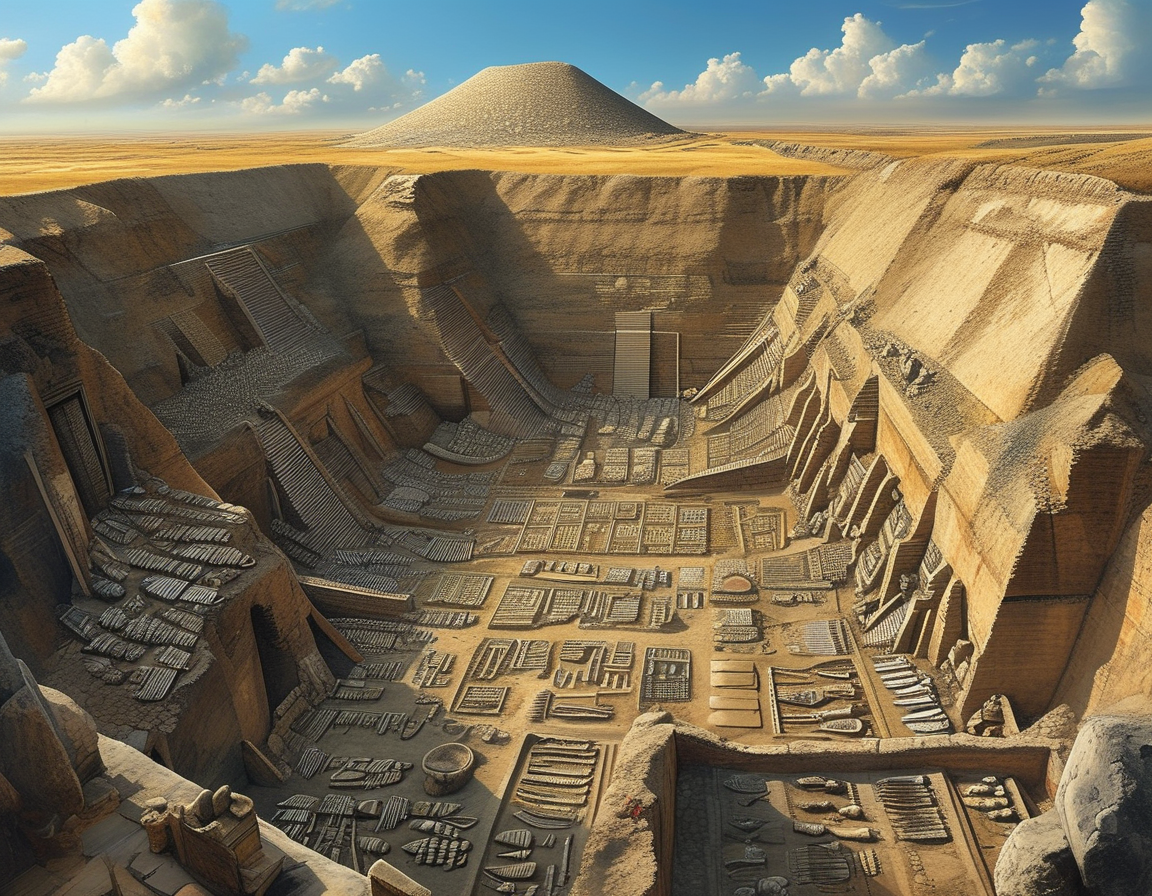
Each body tells a silent, haunting story. How did they live? What fears gripped their hearts? Their loss reflects a culture’s depth.
This tragedy invites reflection. How can societies value life so high yet hold such brutality? These questions linger as we ponder humanity’s past.
As we learn from ancient Ur, the present mirrors its history. Can we avoid repeating these dark chapters? Understanding is the first step to healing wounds.

